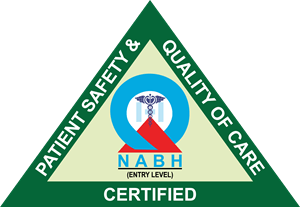Ultrasound Scan
Ultrasound (or Sonography) uses high-frequency sound waves to create an image. This technique does not involve ionizing radiation. Since images are obtained real time, our radiologists are able to observe motion and consequently assess function as well as anatomy. Common examinations include evaluation of blood vessels, gallbladder, kidneys, liver, spleen, pancreas, uterus and ovaries, urinary bladder, thyroid, fetus, musculoskeletal structures, and heart.
Doppler Ultrasonography
-
A duplex ultrasound is a test to see how blood moves through your arteries and veins. The test combines traditional ultrasound with Doppler ultrasonography. Regular ultrasound uses sound waves that bounce of blood vessels to create pictures. Doppler looks at how sound waves reflect off moving objects, such as blood. There are different types of duplex ultrasound exams.
- Carotid duplex ultrasound looks at the carotid and vertebral arteries in the neck.
- Arterial and venous duplex ultrasound of the extremities to looks at vessels in the arms or legs.
- Renal duplex ultrasound examines the kidney blood flow
- Arterial and venous duplex ultrasound of the abdomen examines blood vessels and blood flow in the abdominal area
Some include:



